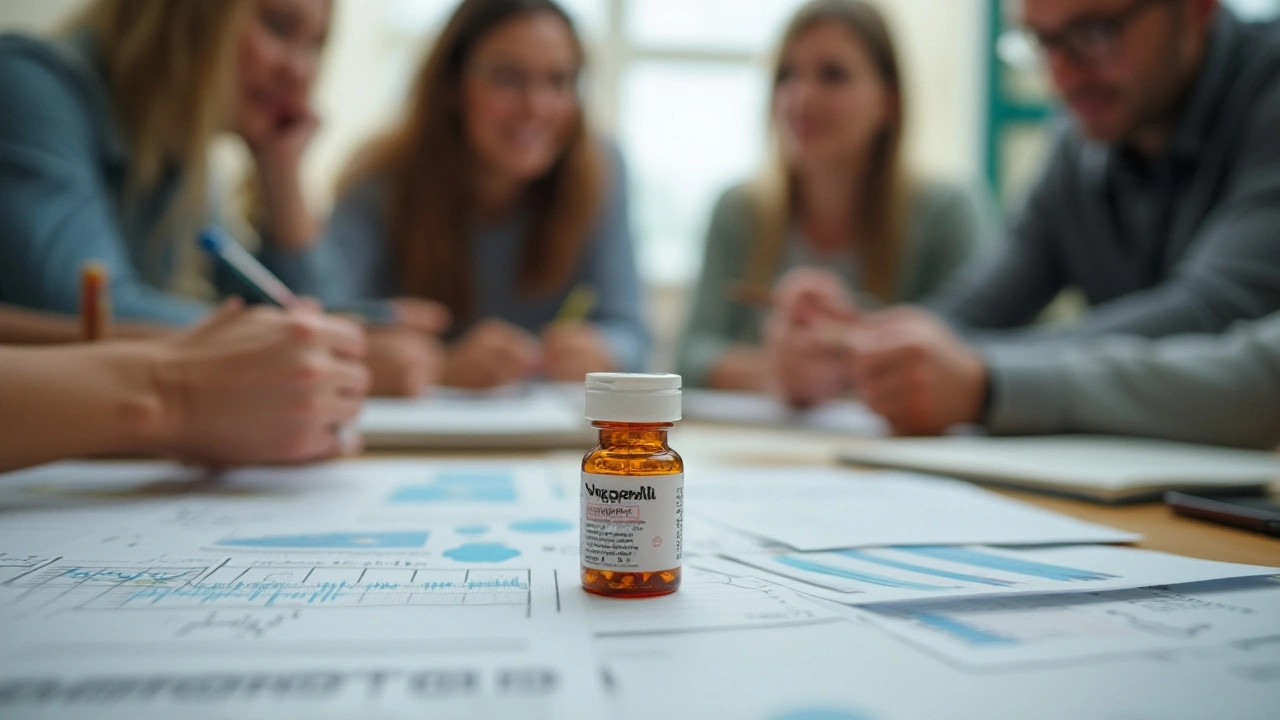Safe Usage Tips: How to Use Meds & Supplements Without Risk
Ever grabbed a bottle of pills and wondered if you’re taking the right amount? You’re not alone. Many people skip the fine print, mix products, or ignore warning signs. This guide gives you quick, real‑world steps to keep your medication and supplement routine safe and effective.
Read the Label – It’s More Than Just a Name
First thing’s first: look at the label. The active ingredient, strength, and recommended dose are right there. If a label says "take one tablet twice a day," that means two tablets a day, not four. Pay attention to any special instructions – like "take with food" or "avoid alcohol." Those notes exist because they protect you from side effects.
When you buy online, double‑check that the product page includes a full ingredient list. If anything looks missing, move on. Trusted pharmacies will show the same details you’d find on a bottle.
Know Your Interactions – Food, Drugs, and More
Interactions can turn a harmless supplement into a problem. For example, kudzu root may reduce alcohol cravings, but it can also affect blood thinners. Chicory inulin is great for gut health, yet it can cause bloating if you jump to a high dose too fast.
Before you mix anything, type the names into a quick drug‑interaction checker or ask your pharmacist. Even over‑the‑counter items like ibuprofen can irritate the stomach when taken with certain antibiotics. A five‑minute lookup saves you hours of discomfort.
Keep a simple list of what you currently take – prescription meds, OTC drugs, herbs, and even teas. When a new product comes your way, compare it against that list. If you’re unsure, a short call to your pharmacy is worth it.
Start Low, Go Slow – The Safe Dosing Rule
Most supplements work best when you start with a low dose. Your gut needs time to adjust, and you get a chance to spot any weird reactions. Take the suggested dose for a week, then see how you feel before bumping up.
If a label says "start with 1,000 mg and increase as needed," resist the urge to double it right away. Your body will thank you with fewer side effects and clearer results.
Watch for Red Flags – When to Stop and Call a Pro
Any sudden rash, dizziness, or stomach pain after starting a new product should ring alarm bells. Even mild symptoms can signal a hidden issue, especially if you’re on prescription meds.
Keep a diary for the first two weeks: note the time you take the product, the dose, and any changes you notice. If something feels off, stop the product and contact a healthcare professional. Quick action prevents minor problems from becoming major ones.
Store It Right – Stability Matters
Heat, light, and humidity can break down active ingredients. Keep pills in a cool, dry place – a cupboard away from the stove works best. Some supplements, like certain probiotics, need refrigeration. Follow the storage instructions on the label; they’re there to keep the product effective.
Don’t keep old or expired meds around. Even if a bottle looks fine, potency drops over time. Toss anything past its date and replace it with a fresh pack.
By reading labels, checking interactions, starting low, watching for side effects, and storing correctly, you’ll get the most out of every pill and powder. Safe usage isn’t hard – it’s just a handful of habits that protect your health every day.

